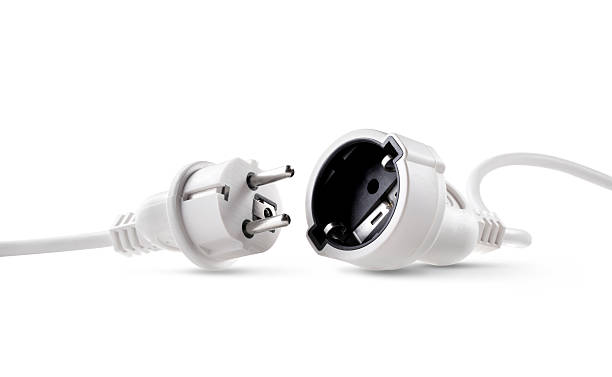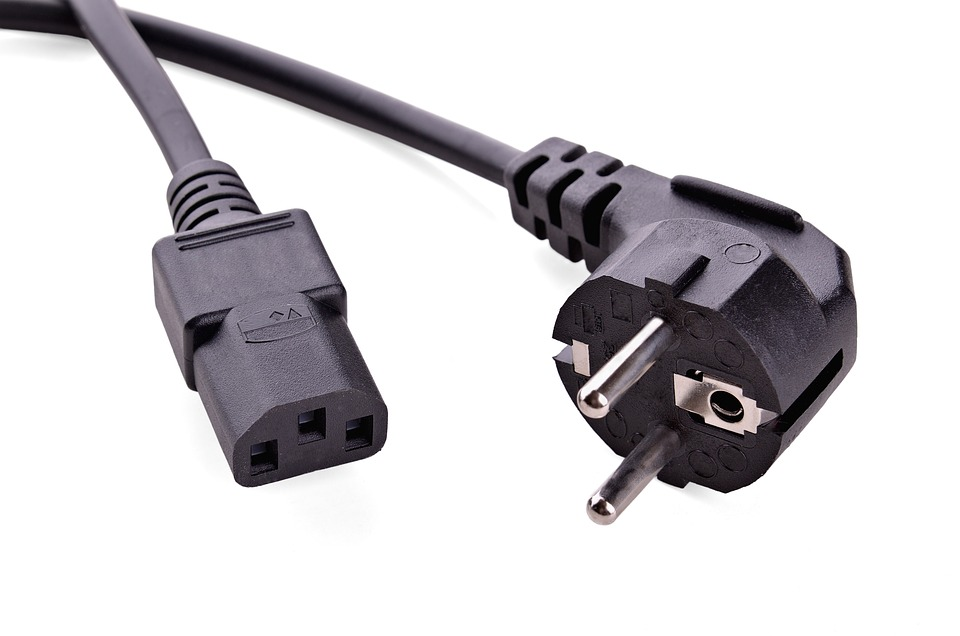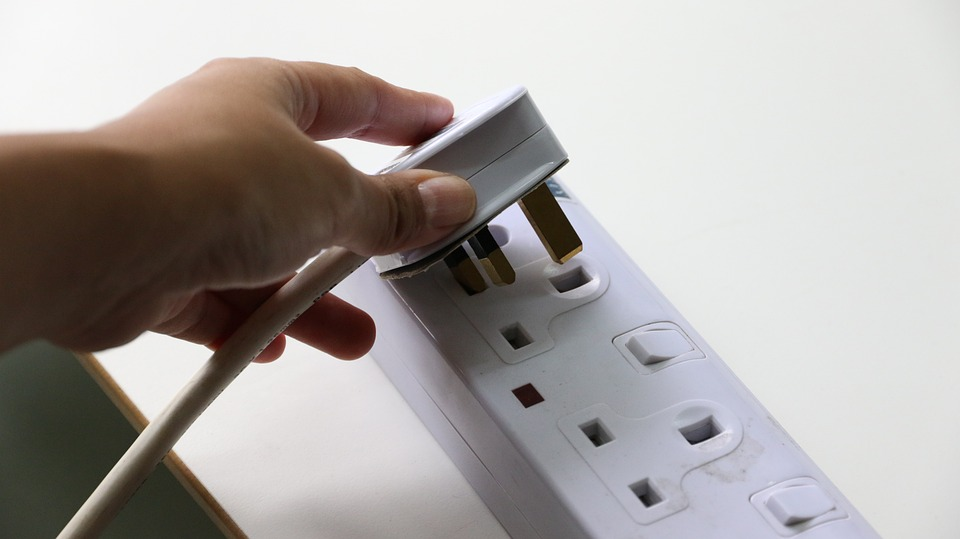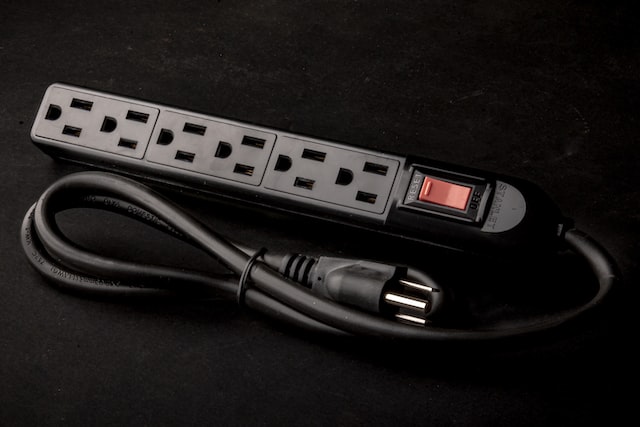How often have you tried to plug your power cord but realized it is too short for the power outlet and desk? “Too many to count” is the answer everyone will give. It prompts you to buy a new extension cord. That will make your work easier as you can now plug in your electronic equipment and proceed.
Various other situations prompt you to buy a new power cord, like the old one getting damaged, or when you want to use different electronic equipment that needs a longer one. But as you visit the local store, you realize the number, size, and length of extension cords on sale is overwhelming. How do you pick the best one?

1. Length of Cord
That is where most problems begin. You must find an ideal size that is not too short or too long for your needs. A smaller extension cord will make your work more difficult. The rule of thumb is that the power cord should be at least three times the length of the distance between the outlet and your equipment. That way, you will have some slack, and you can also move your equipment around without unplugging.
Also, making it very long will mess up your efficiency and work area. Apart from the aesthetics, a long cord will wrap around your equipment. It will create a trip hazard and increase the risk of damage through wear and tear. Also, remember long cables increase resistance, causing overheating or voltage drop. Select a flat plug extension cord according to the length you need.
Another factor that affects the length of your power cord is how mobile your equipment is. It is not as much of an issue in a home office because you will not move your devices around. However, you need a longer power cord to move around with your equipment in a construction site or other work area.
2. Thickness
Big is bulky, but not when applied with extension cords. Efficiency and durability are the two significant considerations when picking an extension cord. A thicker one can handle more amperage without overheating and is more durable. For instance, a 16-gauge extension cord can handle up to 13 amps, while a 14-gauge power cord can carry 15 amps.
The number on the gauge indicates the thickness of the wire. The higher the number, the thinner the wire. A 12-gauge power cord is thick and can handle up to 20 amps. However, it is more expensive and not necessary for home use. For general home use, a 16-gauge or 14-gauge power cord should suffice.
Working with machinery and other heavy equipment will need a thicker cord. Read the equipment’s manual before buying an extension cord. If you are still unsure, ask the salesperson for help when choosing the right extension cord.
When working with delicate electronics, you need a thinner cord that can carry low amps without overheating. A 20-gauge or 18-gauge power cord is ideal for these types of equipment. But make them short to minimize voltage drop.
3. Cable Versatility
Deciding where and how you intend to use your extension cord will determine your choice. Not all power strips are the same. Some are designed for indoor use only, while others can fit indoors and outdoors. Outdoor strips are weatherproof and have thicker cords to withstand the elements. Indoor extension cords are thinner because they do not need to be as durable.
For various conditions of use, an outdoor extension cord is the best choice. It can serve in wet, dry, or humid conditions. But they are a bit more expensive than indoor cords. Also, what equipment will you want to use, and how much power will they require? Going a little higher on the quality will give you some leeway.
4. Plug and Receptacle

The plugs are the male end of the power cord that goes into the outlet, while the receptacles are the female part where the equipment plugs into the extension cord. Most plugs have three prongs: two flat and one round in the middle. The two flat ones are for the hot and neutral wires, while the round one is for the ground wire.
Two-pronged plugs do not have a ground wire and are not as safe. They are only for equipment that does not require a ground wire. For instance, some lamps and clocks have two-pronged plugs. Please refer to your equipment’s plug to ensure it is compatible.
5. Number of Outlets

How many devices do you need to power at the same time? If you only need one or two, a single outlet will suffice. But for three or more devices, you need one with multiple outlets. You will find them with two to eight outlets. They also have circuit breakers to prevent overloads and fires.
However, consider the appliances you want to use. Equipment that draws high power, such as hair dryers and space heaters, should not share circuits with other devices. They need dedicated lines to ensure they do not trip the circuit breakers.
It is also easier to overload multiple outlet strips. Do not plug in too many devices, even if they are low-wattage. The combined power draw might be too much for them. Calculate the watts of all the devices you want to plug in and get an extension cord that can handle that power.
To stay safe, use one extension cord with one electronic device. Do not daisy-chain multiple extension cords together. That is a fire hazard. You are better off installing more power outlets to support each piece of equipment. It will be better to avoid using extension cords together and get a professional electrician to rewire your home.
Summing Up
When buying an extension cord, always err on the side of caution. Do not buy the cheapest one you can find. Consider the factors mentioned in this article, such as power requirements, length, number of outlets, and durability. Also, always unplug extension cords when using them. Even powered-off electronics can draw phantom power and overheat extension cords. Never leave them plugged in and unattended.





Be First to Comment